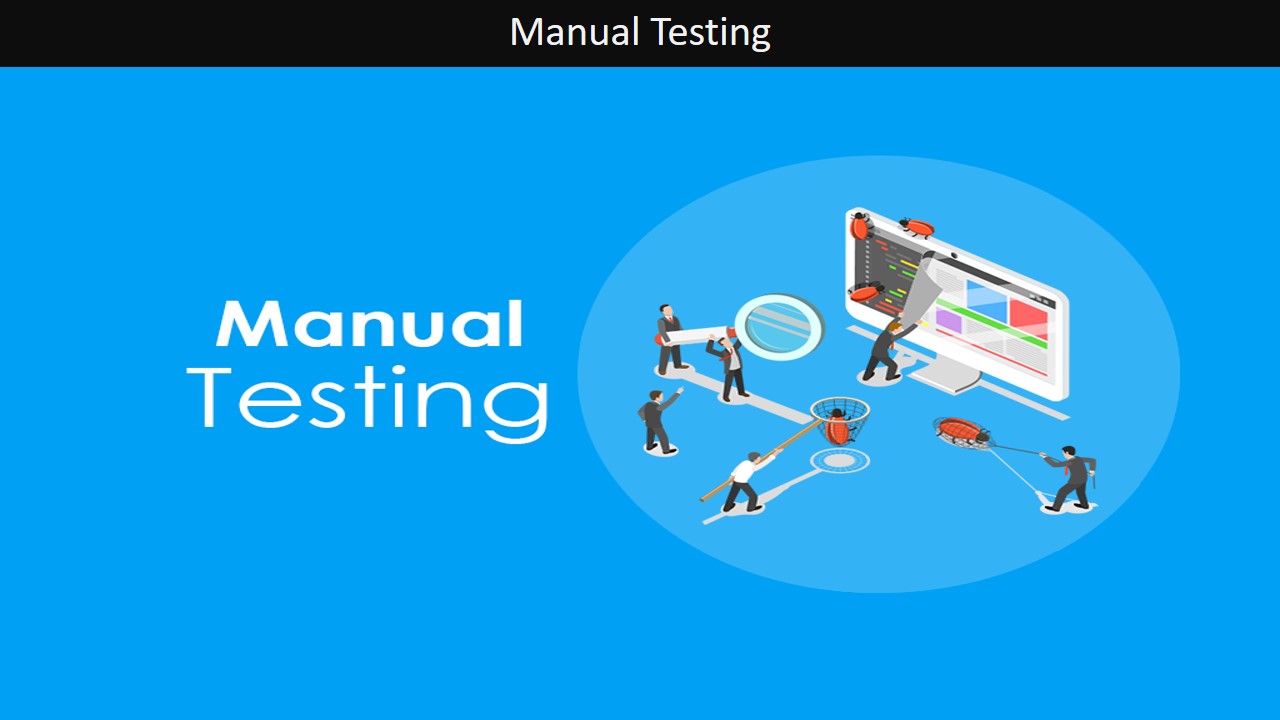Agile Advisors, emphasizing adaptability, quick iteration, and teamwork. Delivering high-quality software requires functional and manual testing, two crucial components of this testing process. Testing is crucial in the quick-paced software development world to ensure that apps fulfil user needs and perform as intended. Our approach to testing has changed with the aid of The significance of functional and manual testing will be covered in this blog, along with how Agile Advisors can assist teams in incorporating both testing methods into their workflow for optimal efficacy.
Agile advisors are professionals who assist development teams in successfully implementing Agile concepts. The process of manually confirming that a software program functions as intended by executing different test cases without the aid of automated scripts is known as manual testing. When it comes to testing new features or exploratory testing, when human intuition is essential, Agile Advisors assist teams in deciding when manual testing should take precedence. Testers run several scenarios and workflows that mimic user behavior to ensure the program operates as intended. Manual testing is perfect for identifying unforeseen difficulties or usability concerns that automated tests could overlook since it lets testers use their instincts. Because they can change their strategy anytime, manual testers can investigate the software in novel ways that scripted tests could miss. Manual testing is still a viable and economical option for small-scale projects or in situations where the expense of automation is not warranted. Manual testing offers instant feedback for straightforward jobs, which is particularly helpful in Agile settings with brief sprint cycles.
Verifying that the software executes its intended functions accurately is the primary goal of functional testing. It assesses the system's behaviour by looking at its inputs, outputs, user interactions, and underlying logic about the functional requirements or what the system is meant to do. The primary goal of functional testing, which can be done manually or automatically, is to ensure that every program feature or functionality operates as intended. The application's compliance with the established requirements and specifications is guaranteed via functional testing. Verifying essential features and processes ensures that end users' needs are satisfied. Focusing on functionality lowers the chance of significant problems in production by assisting in the early detection of flaws. Although functional and manual testing are two different ideas, they frequently overlap, especially when manual testers confirm the application's operation. Functional testing can be done manually by a tester who verifies that the application satisfies its functional requirements.
To make sure that applications satisfy user expectations and business needs, manual and functional testing are crucial parts of any software development project. These testing strategies must be adaptive and agile in Agile contexts to facilitate quick iterations and teamwork. Agile advisors can be an invaluable resource to assist teams in optimizing their testing procedures, finding the ideal balance between automated and manual testing, and cultivating a continuous testing mindset across the development lifecycle. Development teams can meet the changing needs of their users while retaining agility and speed in their releases by using both manual and functional testing and by using Agile Advisors' advice to produce software that is of higher quality and has fewer faults.

